How the Neo Proximity Sensor on the latest ROG OLED monitors improves on its predecessors

Spare a thought for your gaming monitor when it’s turned on but no one’s watching. All that light being emitted, electricity being used, and hardware warming up for no good purpose. And if it’s an OLED monitor, you can add the risk of burn-in to the list of problems associated with leaving your monitor on all day. That’s why ROG monitors like the ROG Swift OLED PG32UCDM feature a proximity sensor that dims the screen when it’s not in use. The latest additions to the ROG OLED gaming monitor lineup, the ROG Swift OLED PG27UCDM and the ROG Strix OLED XG27UCDMG, go a step further with the Neo Proximity Sensor.
The basic idea of the proximity sensors that we use, both in the new models and in our older ones, is the same. These monitors include an optional setting that allows an embedded sensor to detect when you’re not actively using the monitor. When you step away, the monitor transitions to a black image to protect against panel burn-in and instantly restores onscreen content when you return. Detection distance can be customized to suit personal preference, ensuring maximum convenience and protection.
While proximity sensors have a similar functionality, there are key differences between the options. Proximity sensors come in a variety of types, each using some sort of signal, be it radar, magnetic, or ultrasonic, to detect an object by changes in signal strength. These basic sensors work in many scenarios, but they have their weaknesses. They can really only detect whether an object is close or far away, and their accuracy can vary quite a bit depending on the color and reflectivity of the target material. A black hoodie, for example, might be enough to confuse a standard proximity sensor into thinking that you’re not currently sitting in front of your monitor.
| Neo Proximity Sensor | Standard Proximity Sensor | |
|---|---|---|
| Sensor type | 940nm invisible laser | Radar, magnetic, capacitive, ultrasonic, etc. |
| Detection principle | Time-of-flight | Change in signal strength |
| Detection features | True distance measurements | Only detects whether objects are close or far away |
| Accuracy | Maintains accuracy regardless of target size, color, and reflectance | Accuracy varies depending on color and reflectivity of target material |
| Additional detection possibilities |
Human vs. object distinction Multi-human detection |
N/A |
| Availability | Models launched in 2025 and after | Previous models launched in 2024 and before |
To make sure that your experience with the Neo Proximity Sensor in the ROG Swift OLED PG27UCDM or ROG Strix OLED XG27UCDMG is so seamless that you’re happy to simply always leave the feature on, we’ve upgraded it with a new sensor and the power of AI. The Neo Proximity Sensor uses a 940nm VCSEL class 1 certified invisible laser to detect your presence using time-of-flight calculations. Unlike standard proximity sensors, it can provide true distance measurements, and its accuracy is independent of target size, color, and reflectance. Please ensure that the monitor sensor is properly angled and cleaned by using the included microfiber cloth before activating the detection function.
The information available to the Neo Proximity Sensor through its multi-zone time-of-flight sensor allowed us to address some odd corner cases that cause trouble for standard proximity sensors. Using AI technologies, we developed human versus object distinction algorithms to help ensure that the sensor doesn’t get confused by nearby objects. Additionally, we’re releasing a firmware update in April 2025 for both the PG27UCDM and the XG27UCDMG that refines the experience even further. Our latest optimizations allow the sensor to better account for users who get very still when they’re fully immersed in a game.
All told, the Neo Proximity Sensor in the ROG Swift OLED PG27UCDM and the ROG Strix OLED XG27UCDMG is our best solution yet for making sure that your monitor is only on when you’re actively using it. When you need to step away from your PC, the screen will dim to black automatically for cost savings and to reduce the risk of burn-in, and when you come back, your content will return right away. As with our earlier proximity sensing solutions, you’re able to adjust the detection distance to suit your personal preferences.
Author
Popular Post
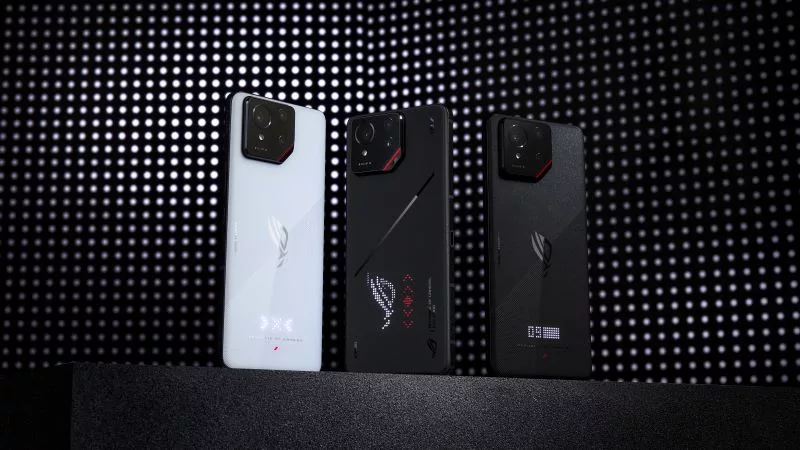
The ROG Phone 9 and ROG Phone 9 Pro level up mobile gaming
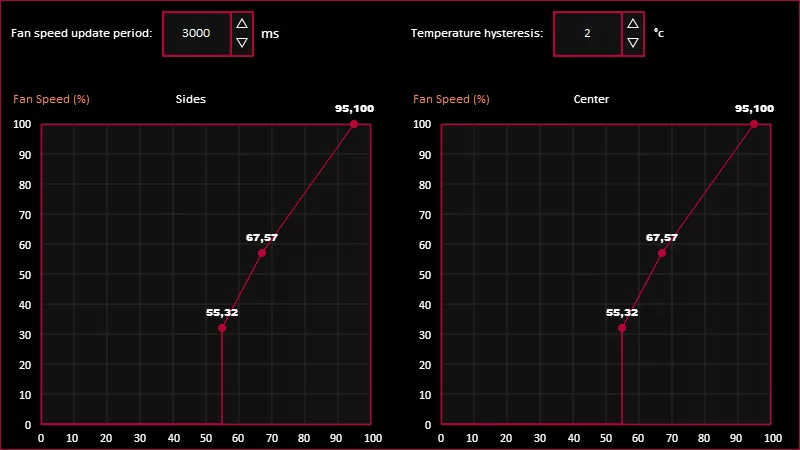
How to Adjust Your Graphics Card’s Fan Speed in GPU Tweak III

The best 3D platformers for the ROG Xbox Ally
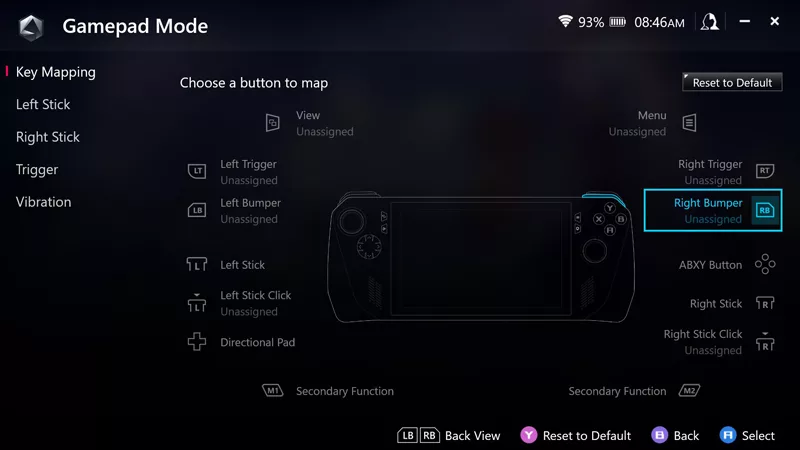
How to remap buttons and create custom game profiles on the ROG Ally or Ally X
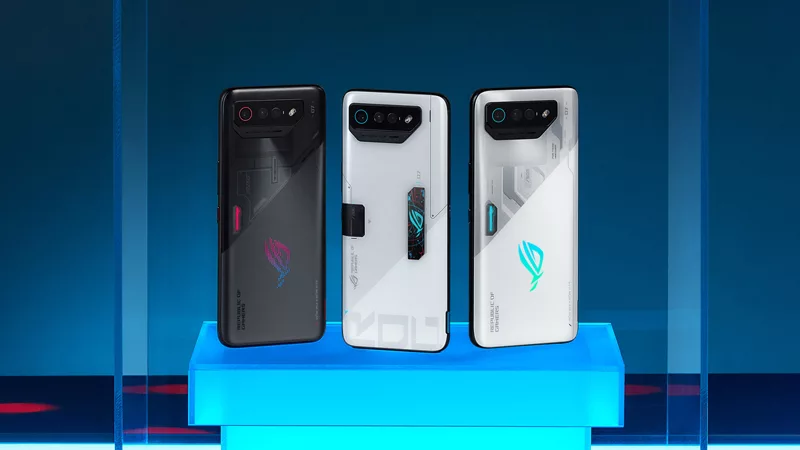
The ROG Phone 7 and ROG Phone 7 Ultimate usher in a new era of mobile gaming
LATEST ARTICLES
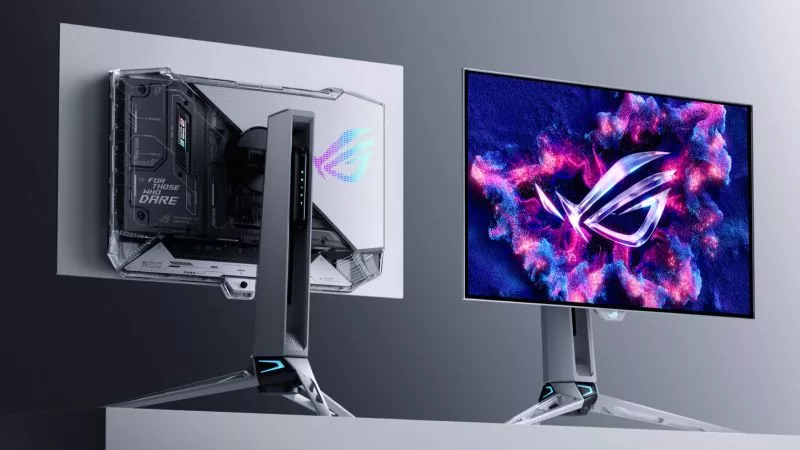
Prepare for Tandem OLED splendor with these new ROG gaming monitors
ROG's monitor game is leveling up with Tandem WOLED tech, a new display coating, and next-gen dual-mode glory.
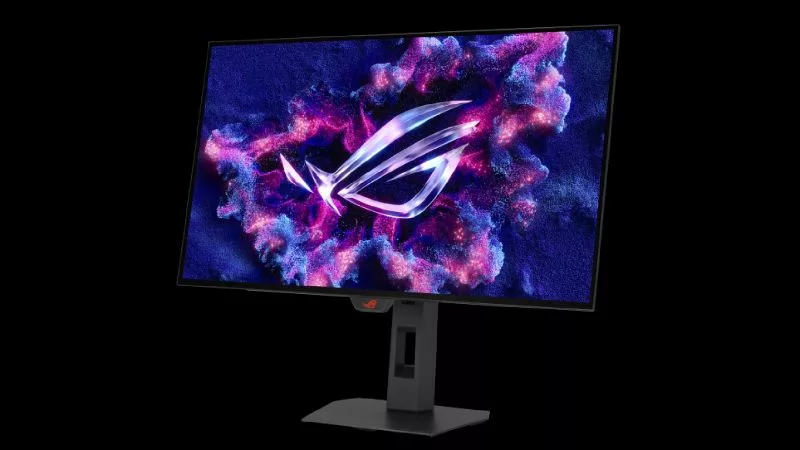
The ROG Strix OLED XG27AQDMG Gen 2 refines an award-winning formula
We've updated this fan-favorite gaming monitor with a new display coating, a more compact base, and a Neo Proximity Sensor.
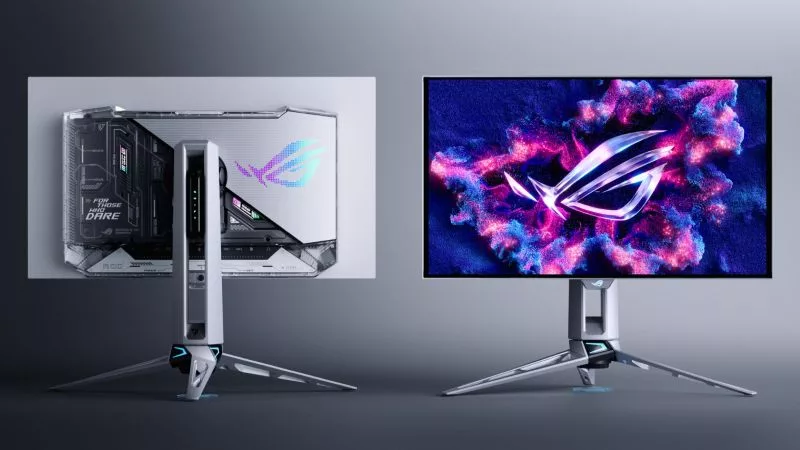
Yes, OLED gaming monitors can work great in sunny rooms. Here’s what to look for
Our new ROG monitors pack the brightness and display coating combo that you need to fight sunlight and play during the day.

The ROG Strix Ace XG248QSG gaming monitor puts the pedal to the metal with a 610Hz refresh rate
Generations of ROG displays have fueled esports gamers’ need for speed. Meet our latest tournament-grade monitor.
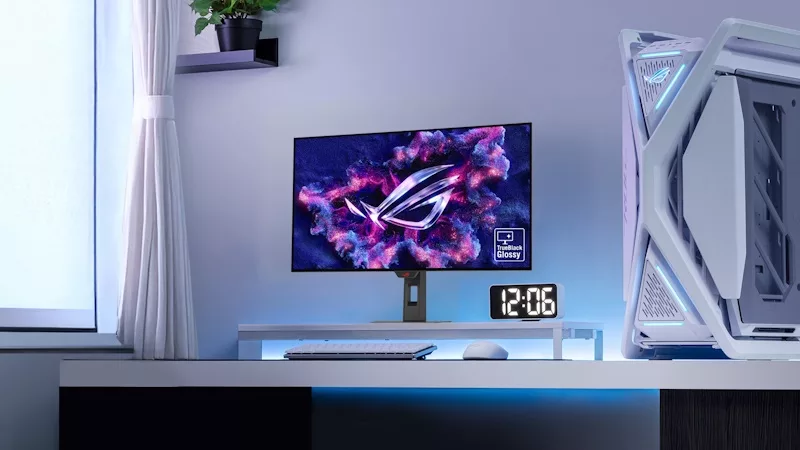
32-inch glossy WOLED panels debut in the ROG Strix OLED XG32UCWMG and XG32UCWG gaming monitors
Get inky blacks in any environment, deft reflection handling, vibrant OLED colors, and great gaming specs in a 32-inch monitor.
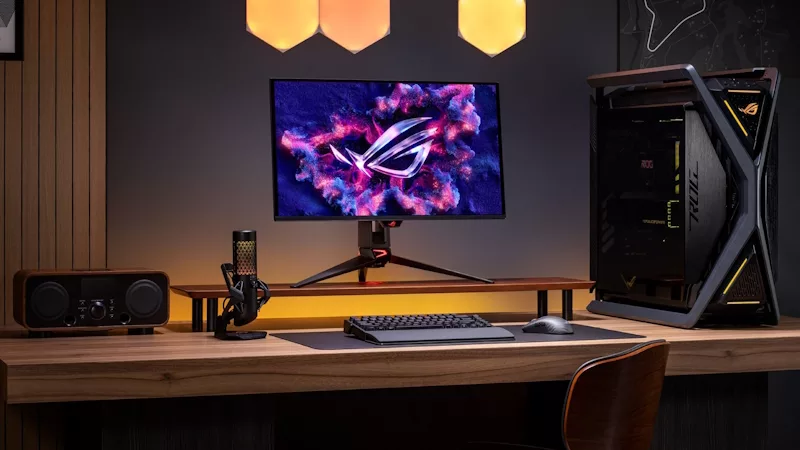
How the Neo Proximity Sensor on the latest ROG OLED monitors improves on its predecessors
The latest ROG OLED monitors feature a new upgrade: the Neo Proximity Sensor. Here's what it offers over previous models.
